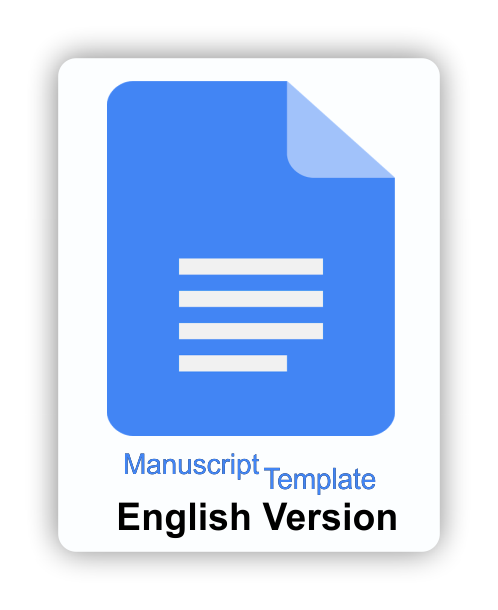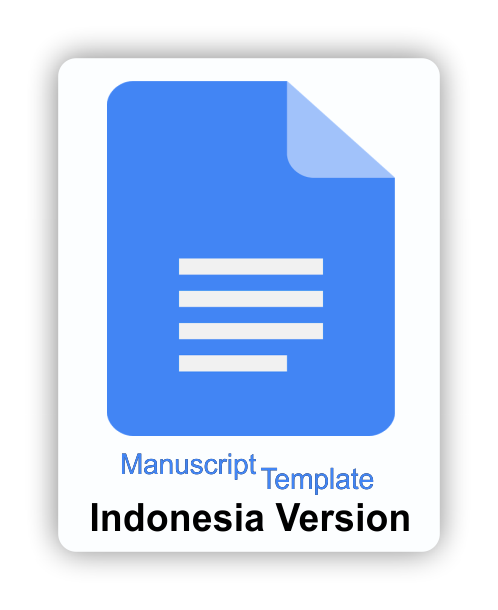The effect of applying the blended learning model with the Moodle application on student cognitive improvement
Downloads
This study aims to investigate the effect of implementing the blended learning model with Moodle application on improving students' cognitive abilities. Blended learning is a learning approach that integrates the use of digital technology and face-to-face interaction between teachers and students. Moodle is one of the popular e-learning platforms used in implementing blended learning. This study used a pre-test and post-test experimental control group design, where the research sample consisted of two groups of students, each of which was given different treatments: a control group and an experimental group. Students' cognitive data was measured through knowledge tests before and after treatment. Data analysis was performed using t-test and ANOVA. The results of this study are expected to provide useful information for educational institutions in choosing effective and efficient learning strategies to improve the quality of higher education.
Apriandi, D., & Setyansah, R. K. (2017). Penerapan media simulasi matlab berbasis interactive conceptual untuk meningkatan pemahaman konsep mahasiswa. AKSIOMA: Jurnal Program Studi Pendidikan Matematika, 6(2), 189. https://doi.org/10.24127/ajpm.v6i2.968
Bariyah, S. H., & Imania, K. A. N. (2018). Implementasi blended learning berbasis moodle pada jurusan pendidikan teknologi informasi. Jurnal Petik, 4(2), 106–113. https://doi.org/10.31980/jpetik.v4i2.10
Budiharti, R., Ekawati, E. Y., Wahyuningsih, D., & H, F. F. (2015). Penggunaan blended learning dengan media moodle untuk meningkatkan kemampuan kognitif siswa SMP. Jurnal Cakrawala Pendidikan, 1(1), 140–148. https://journal.uny.ac.id/index.php/cp/article/view/4184/pdf https://doi.org/10.21831/cp.v1i1.4184
Dale, E. (1946). Audio-visual methods in teaching. The Dryden Press; Binding Thread Showing edition.
Dhianti, L. (2021). Efektivitas blended learning berbasis LMS dalam pembelajaran matematika. Jurnal Riset Pembelajaran Matematika Sekolah, 5(1), 80–84. https://doi.org/10.21009/jrpms.051.10
Fadhilatunisa, D., Fakhri, M. M., & Rosidah. (2020). The effect of blended learning on learning activities and learning outcomes of accounting students. Jurnal Akuntansi Indonesia, 16(2), 93–106. https://doi.org/10.21831/jpai.v18i2.35345
Fahmi, M. H., & Cipta, B. S. I. (2020). Pengembangan blended learning berbasis moodle (studi kasus di Universitas Islam Raden Rahmat Malang). Jurnal Teknologi Terapan: G-Tech, 2(1), 106–113. https://doi.org/10.33379/gtech.v2i1.328
Harahap, S. H. (2015). Pemanfaatan e-learning berbasis LCMS Moodle sebagai media pembelajaran untuk mata kuliah sistem informasi akuntansi. Jurnal Riset Akuntansi dan Bisnis, 15(1), 14.https://jurnal.umsu.ac.id/index.php/akuntan/article/view/429/392 https://doi.org/10.30596/jrab.v15i1.429
Hayes, C., Hardian, H., & Sumekar, T. (2017). Pengaruh brain training terhadap tingkat inteligensia pada kelompok usia dewasa muda. Jurnal Kedokteran Diponegoro, 6(2), 402–416. https://ejournal3.undip.ac.id/index.php/medico/article/view/18556 https://doi.org/10.14710/dmj.v6i2.18556
Kaniawati, I. (2017). Pengaruh simulasi komputer terhadap peningkatan penguasaan konsep impuls-momentum siswa SMA. Jurnal Pembelajaran Sains VOLUME, 1(1), 24–26. http://journal2.um.ac.id/index.php/jpsi/article/view/637/790 http://dx.doi.org/10.17977/um033v1i1p24-26
Karim, S. A., & Lamada, M. S. (2016). Panduan penggunaan Moodle untuk guru SMK Sulawesi Selatan. http://eprints.unm.ac.id/2684/2/BUKU%20PANDUAN%20PENGGUNAAN%20MOODLE.pdf
Luo, L., Cheng, X., Wang, S., Zhang, J., Zhu, W., Yang, J., & Liu, P. (2017). Blended learning with Moodle in medical statistics: An assessment of knowledge, attitudes, and practices relating to e-learning. BMC Medical Education, 17(1), 1–8. https://doi.org/10.1186/s12909-017-1009-x
Nurin, F. (2017). Penerapan model pembelajaran blended learning pada mata kuliah pemisahan kimia materi kromatografi untuk meningkatkan kualitas belajar. Erudio Journal of Educational Innovation, 4(1), 46–54. https://doi.org/10.18551/erudio.4-1.5
Pamungkas, P. D. A. (2017). Computer Based Test (CBT) pada sekolah tinggi tarakanita jakarta menggunakan metode Computerized Fixed-Form Test (CFT). Jurnal Ilmiah Teknologi Infomasi Terapan, 4(1), 54–61. https://doi.org/10.33197/jitter.vol4.iss1.2017.150
Riyanto, S., & Nugrahanti, F. (2018). Pemanfaatan aplikasi Moodle dalam pembelajaran statistik pada mahasiswa informatika. Multitek Indonesia, 12(1), 40. https://doi.org/10.24269/mtkind.v12i1.679
Rusdian. (2018). Sistem informasi manajemen pendidikan. Pusat Penelitian dan Penerbitan UIN SGD.
Samala, A. D., Fajri, B. R., & Ranuharja, F. (2019). Desain dan implementasi media pembelajaran berbasis mobile learning menggunakan Moodle mobile app. Jurnal Teknologi Informasi Dan Pendidikan, 12(2), 13–19. https://doi.org/10.24036/tip.v12i2.221
Seels, B. (1997). The Relationship of Media and ISD Theory: The unrealized promise of Dale's cone of experience. Proceedings of Selected Research and Development Presentations at the 1997 National Convention of the Association for Educational Communications and Technology.
Siswanto. (2017). Pemanfaataan internet sebagai sumber belajar ilmu pengetahuan sosial. Journal of Chemical Information and ModelingModeling, 53(9), 2–5. https://adoc.pub/pemanfaatan-internet-sebagai-sumber-belajar-ilmu-pengetahuan.html
Syamsidar, Maruf, U. M. M., & Hustim, R. (2018). Pembelajaran fisika berbasis cone of experience Edgar Dale. Jurnal Pendidikan Fisika, 6, 1–12. https://journal.unismuh.ac.id/index.php/jpf/article/view/1196/1094 https://doi.org/10.26618/jpf.v6
The journal allows the author(s) to hold the copyright without restrictions. Finally, the journal allows the author(s) to retain publishing rights without restrictions
 | Jurnal Inovasi Teknologi Pendidikan by http://journal.uny.ac.id/index.php/jitp is licensed under a Creative Commons Attribution-ShareAlike 4.0 International License. |























